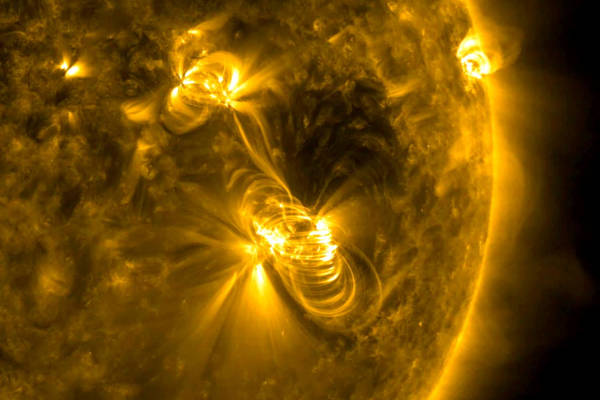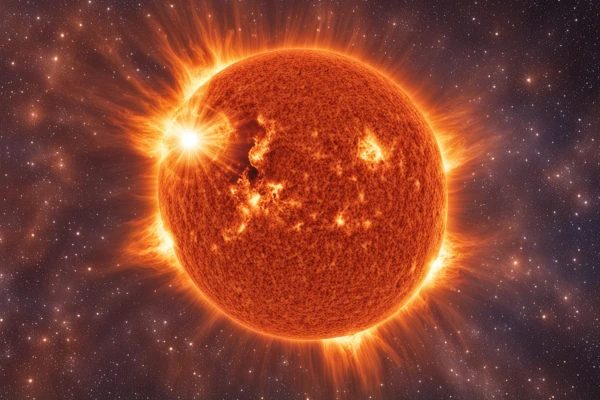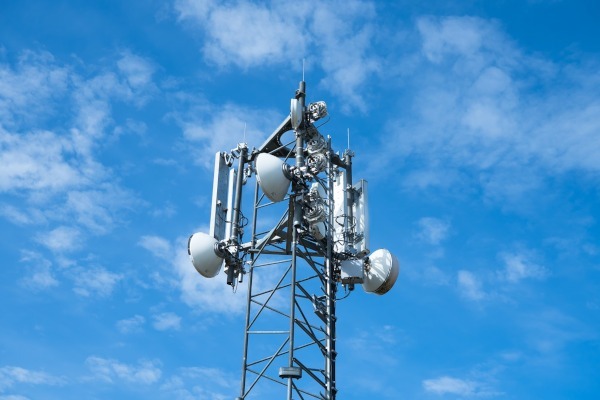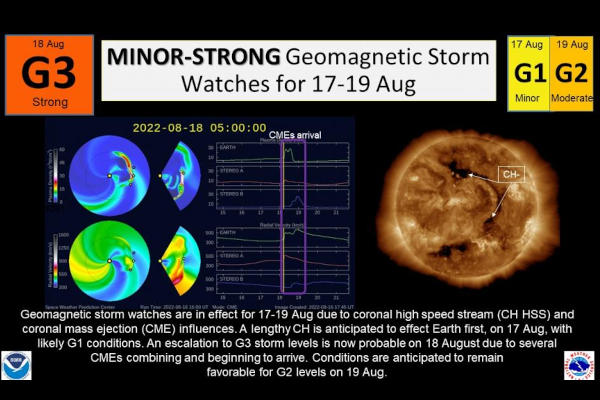M-class Sun Flare, Image/NASA
NASA’s SDO and the Solar and Heliospheric Observatory (SOHO), a NASA/European Space Agency probe that was launched in 1995, obtained images of today’s CME. The M-class flare was associated with a coronal mass ejection (CME), a cloud of superheated plasma ejected from the sun. An increase in solar flare activity will continue since the sun’s 11-year activity cycle is expected to peak in 2025 or more.
Space.com was the first to cover the M-class sun flare story:
“The flare registered as an M3.4, putting it in the “medium” class of solar outburst. It was strong enough, however, to cause temporary radio blackouts in the Asia-Pacific region here on Earth. (Scientists put powerful solar flares into three categories, C, M and X, with C being the weakest and X the most intense.).”




